I'm using common voltage controlled oscillator IC - AS3340. It has some problem with pulse wave output on higher frequencies. The bottom of falling edge looses sharpness the higher I go.
This is how it looks at the limits of audible threshold:
I need some advice on cleaning up this signal so I would get nice and crisp pulse shape all the way.
This is my schematic. I'm measuring it at the PULSE_OUT node, without attaching the amplifier circuit.

